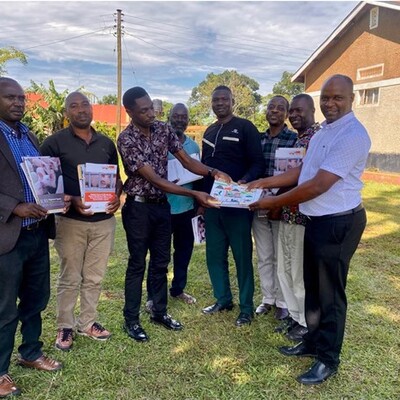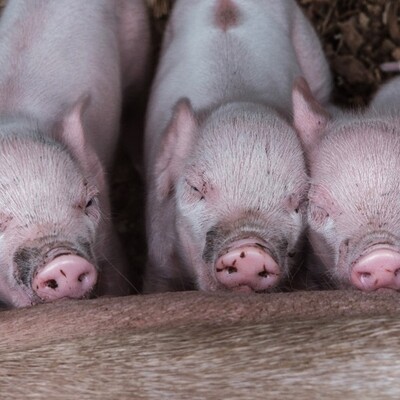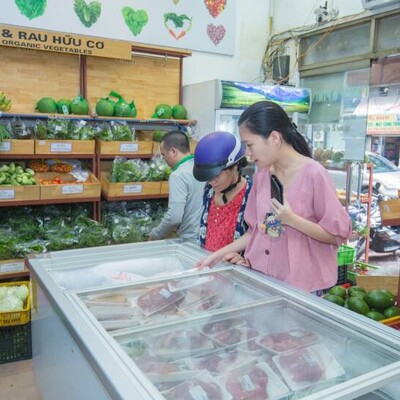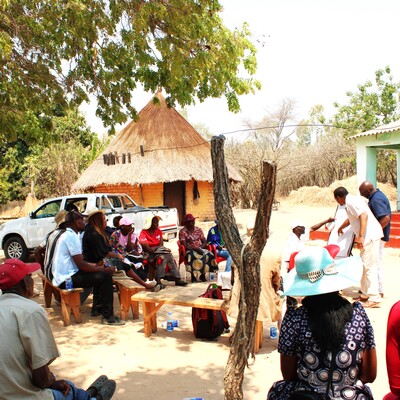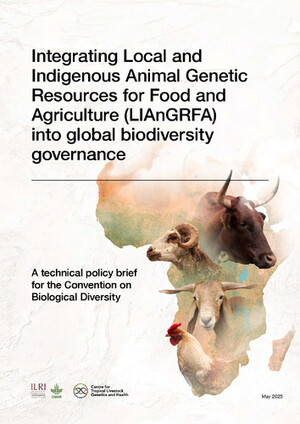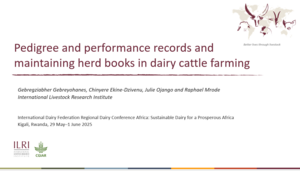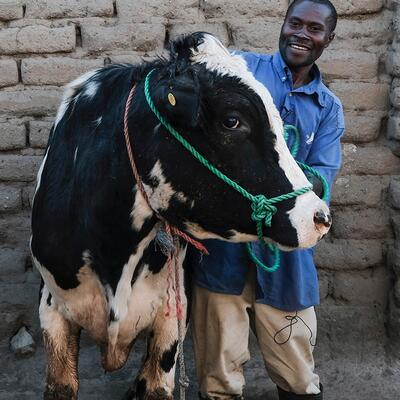
Beef cattle grazing on American rangelands—not feedlots—could be net carbon sink
Beef cattle on pasture in the USA (photo credit: BEEF magazine).
A new research paper by Michigan State University scientists analyses the impacts of soil carbon sequestration on life cycle greenhouse gas emissions in Midwestern USA beef finishing systems.
Highlights
• On-farm beef production and emissions data are combined with 4-year soil carbon analysis.
• Feedlot production produces lower emissions than adaptive multi-paddock grazing.
• Adaptive multi-paddock grazing can sequester large amounts of soil carbon.
• Emissions from the grazing system were offset completely by soil carbon sequestration.
• Soil carbon sequestration from well-managed grazing may help to mitigate climate change.
The following excerpts (excluding references) are from the paper.
Abstract
‘Beef cattle have been identified as the largest livestock-sector contributor to greenhouse gas (GHG) emissions. Using life cycle analysis (LCA), several studies have concluded that grass-finished beef systems have greater GHG intensities than feedlot-finished (FL) beef systems. These studies evaluated only one grazing management system—continuous grazing—and assumed steady-state soil carbon (C) to model the grass-finishing environmental impact. However, by managing for more optimal forage growth and recovery, adaptive multi-paddock (AMP) grazing can improve animal and forage productivity, potentially sequestering more soil organic carbon (SOC) than continuous grazing. To examine impacts of AMP grazing and related SOC sequestration on net GHG emissions, a comparative LCA was performed of two different beef finishing systems in the Upper Midwest, USA: AMP grazing and FL. . . . .
This indicates that AMP grazing has the potential to offset GHG emissions through soil C sequestration, and therefore the finishing phase could be a net C sink. . . .
This research suggests that AMP grazing can contribute to climate change mitigation through SOC sequestration and challenges existing conclusions that only feedlot-intensification reduces the overall beef GHG footprint through greater productivity.
1. Introduction
[P]roducing beef with less GHG emissions (reducing GHG intensity) is of interest both globally and domestically.
‘Life cycle assessment (LCA), the most common approach to GHG emissions accounting, has been used to estimate environmental impacts of beef production.
‘In previous beef LCA literature, grass-fed (over the entire life cycle) or grass-finished (referring exclusively to the finishing stage) systems are often modeled using simplified grazing parameters typically representative of continuous grazing, a simplistic management strategy in which cattle graze the same pasture continuously through an entire grazing season. This grazing management approach, while still the most common, can negatively impact plant regrowth and recovery, as well as plant communities, and has low productivity. . . . Some literature has identified beneficial ecosystem services resulting from the adoption of a carefully managed system known as adaptive multi-paddock (AMP) grazing. This approach applies an adaptive strategy that incorporates short grazing intervals with relatively high animal stocking densities, which are designed to allow plant recovery, promoting optimal plant communities and protecting soils. . . .
Given critical relationships between agricultural management and the terrestrial C pool, as well as the extensiveness of grazing lands . . . and their importance to livelihoods, grassland C sinks might represent a significant GHG mitigation strategy that should be included in beef production models. . . .
‘Previous LCAs have compared feedlot to grass-finishing strategies. . . . [M]ost of the differences in beef production environmental impact arise from the finishing strategy employed. An estimated 97% of cattle are feedlot-finished in the U.S., while the remaining 3% are broadly “grass-finished,” irrespective of management. Many studies indicate that feedlot finishing systems have lower cradle-to-gate GHG emissions per kg of carcass weight because grass-fed systems have greater enteric methane (CH4) emissions (due to microbial ruminal fermentation), attributed to the more fibrous diet and longer finishing times, and lower overall carcass weights.
‘However, as noted above, many of these studies did not consider the potential for soil C sequestration in well-managed grasslands, and emissions from feedlot finishing might be underestimated due to a lacking representation of soil changes during feed production, such as soil erosion. . . . [S]oil erosion on land used to produce feed crops is an important indicator of sustainability and should be incorporated into beef LCA accounting, but has generally been excluded. . . .
‘Considering the variability in grazing strategies and research gaps in soil C dynamics, the goal of the present study was to estimate the system GHG impacts associated with feedlot (FL) finishing and compare them with finishing using an alternative grazing technique, AMP grazing, including soil C accounting. Additionally, we aimed to answer the call for more robust data of the impacts of AMP grazing on soil C sequestration, as it may contribute to a natural climate solution. To do this, an ISO-compliant partial LCA was conducted for the finishing phase of cattle production in the Upper Midwest, U.S., and combined with soil C sequestration results from 4 years of on-farm data collection in the AMP grazing scenario. . . .
5. Conclusions, implications and future projections
‘Using a standard LCA approach including soil C accounting, this study calculated net GHG emissions of two beef finishing systems in the Upper Midwest, U.S.: FL and AMP grazing. Several important impacts can be derived. . . .
[O]ur results show that not only can adoption of improved grazing management facilitate soil C sequestration, but that the finishing phase of the beef production system may serve as an overall GHG sink.
‘. . . Studies suggest that intensification of beef production systems would significantly reduce GHG emissions. However, as illustrated by this study in the Upper Midwest, under AMP grazing, more extensive (grass-based) but intensively managed beef finishing can deliver environmental benefits (such as soil C sequestration and other ecosystem services) with less environmental impact per kg CW than intensive FL finishing.
‘While AMP grazing requires twice as much land than FL, if effectively implemented over a large area, total C sequestration in the Upper Midwest could increase substantially. This does imply less overall beef production in the region, albeit with greater environmental benefits from what is produced. Further, before AMP grazing can be realistically implemented across a large landscape, a concerted effort must be implemented to educate livestock producers on its benefits, as a great majority of the United States still employs continuous grazing for grass-fed beef production. . . .’
Read the research paper published in Agricultural Systems: Impacts of soil carbon sequestration on life cycle greenhouse gas emissions in Midwestern USA beef finishing systems, by Paige Stanley, Jason Rowntree, David Beede, Marcia DeLonge and Michael Hamm, 24 February 2018.








